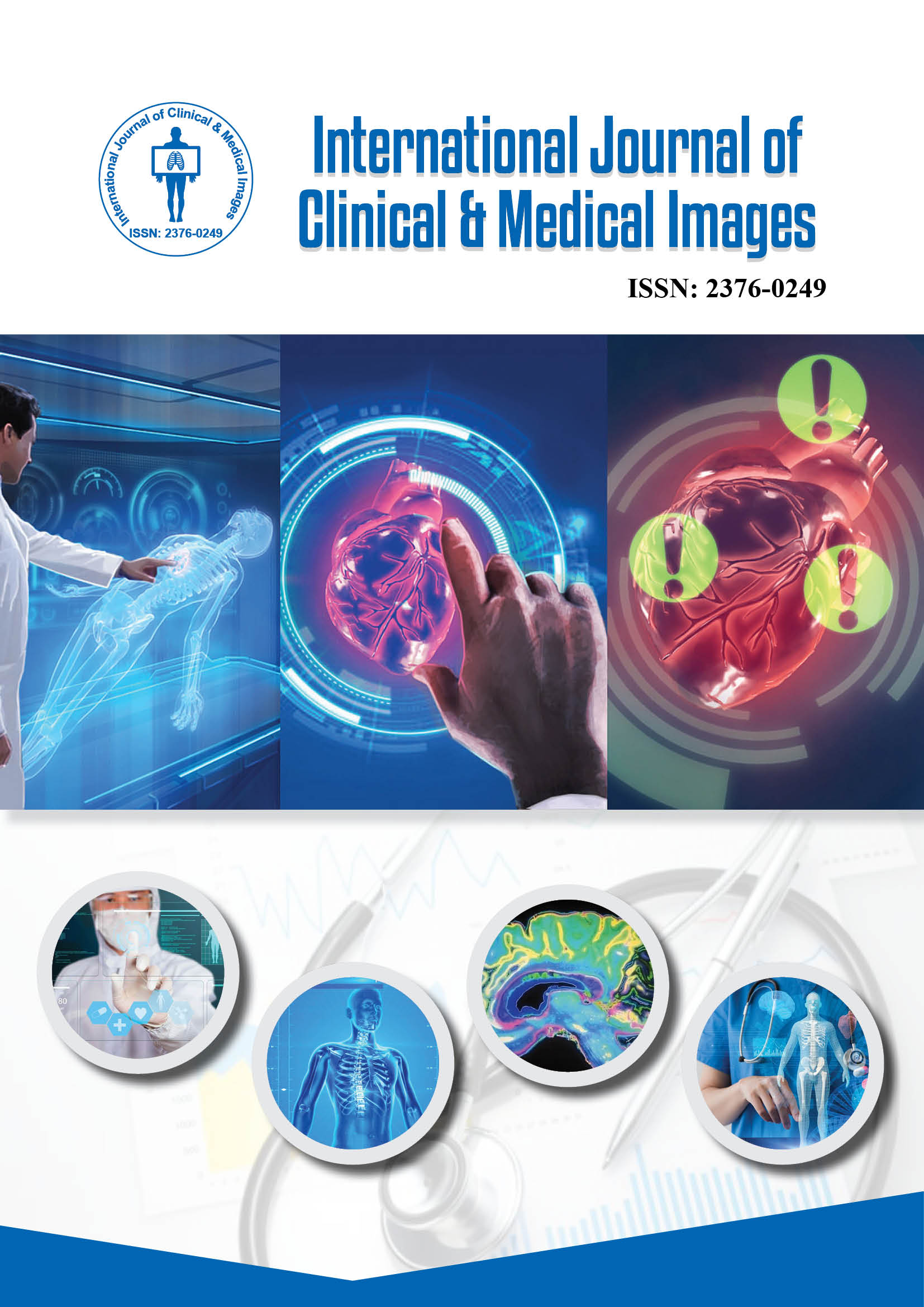2376-0249
Editorial - International Journal of Clinical & Medical Images (2025) Volume 12, Issue 1
Author(s): Zervas Roy
Medical imaging stands as one of the most transformative advancements in modern healthcare, revolutionizing the ability of clinicians to visualize, diagnose and monitor diseases across multiple organ systems. From the head to the heart, lungs, abdomen and musculoskeletal structures, imaging technologies provide an unparalleled window into the human body, enabling early detection and precise evaluation of pathological conditions. The integration of multiple imaging modalities such as X-ray, Computed Tomography (CT), Magnetic Resonance Imaging (MRI), ultrasound and nuclear medicine has shaped a multisystem approach to clinical diagnosis, ensuring that no aspect of human anatomy or physiology remains beyond reach. This approach emphasizes the complementary strengths of each technique, allowing clinicians to synthesize structural, functional and molecular information for comprehensive patient assessment.
At the core of diagnostic imaging lies the principle of visualizationâ??transforming internal anatomy into interpretable data. Conventional radiography, or X-ray imaging, remains the cornerstone of clinical diagnostics, especially for evaluating the skeletal system, chest and abdomen. It provides rapid, cost-effective and highly informative images that reveal fractures, pulmonary infections, cardiac enlargement and intestinal obstructions. Despite being one of the oldest imaging methods, X-ray continues to be indispensable due to its accessibility and diagnostic efficiency. Its evolution into digital radiography and fluoroscopy has enhanced image quality and reduced radiation exposure, solidifying its relevance in modern medicine.
The multisystem approach in imaging underscores the importance of integrating findings across different modalities to obtain a holistic clinical picture. For example, a patient with suspected metastatic disease may undergo MRI to evaluate the brain, CT for thoracic and abdominal staging and PET to assess metabolic activity all contributing to a unified diagnostic conclusion. Similarly, in cardiovascular disease, echocardiography, CT angiography and cardiac MRI together offer complementary data that enhance diagnostic accuracy and treatment planning. Artificial intelligence and machine learning are further refining this integration by automating image interpretation, identifying subtle abnormalities and predicting disease progression with remarkable precision.
In conclusion, imaging is no longer a supplementary diagnostic tool but a central pillar of clinical practice, bridging the gap between anatomy, physiology and pathology. The multisystem approach anchored in the synergy of radiography, CT, MRI, ultrasound and nuclear imaging ensures a comprehensive, accurate and patient-centered evaluation of disease. As technology continues to evolve, the future of imaging lies in greater integration, digital intelligence and functional interpretation, empowering clinicians to diagnose with precision and treat with confidence.
Clinical Imaging, Multisystem Diagnosis, Medical Imaging Technologies
None.
None.
Google Scholar Cross Ref Indexed at
 Awards Nomination
Awards Nomination

